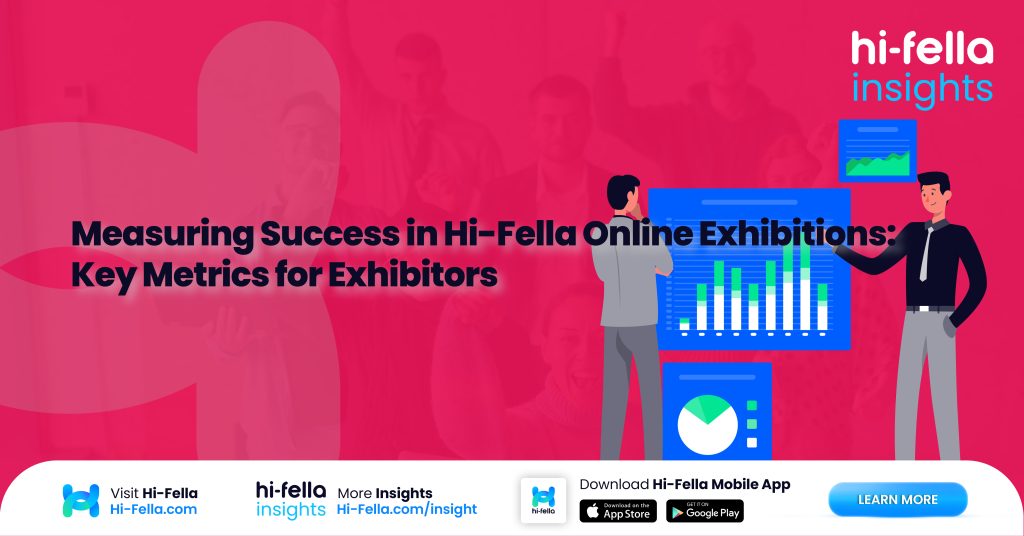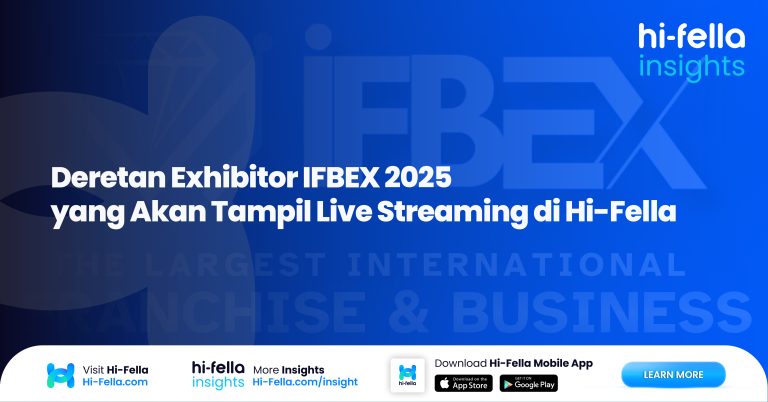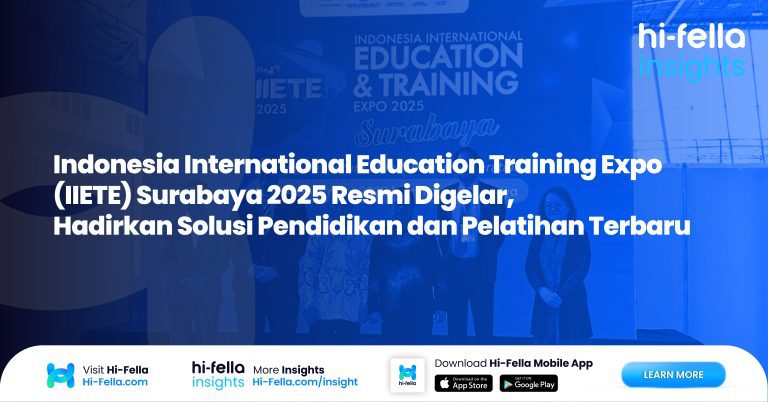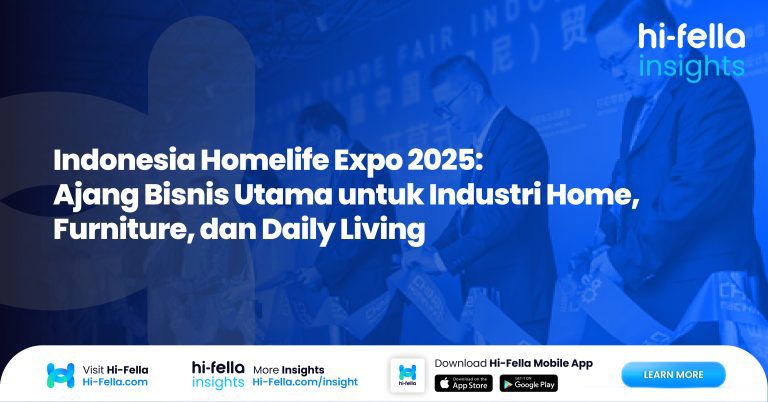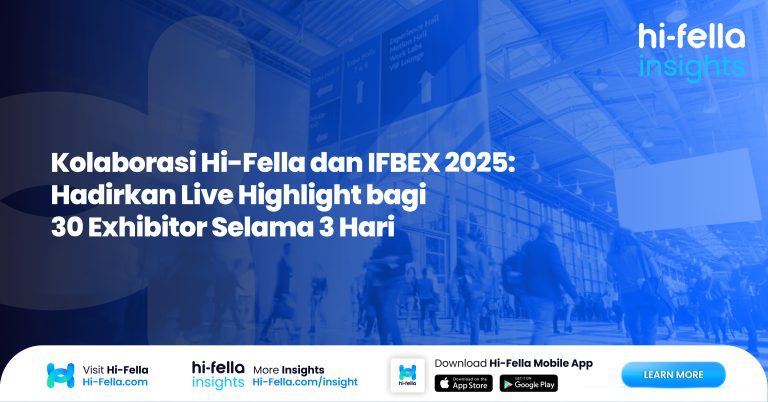Online exhibitions have become a powerful way to showcase creativity, products, and ideas to a global audience. But how do you know if your online exhibition was a hit or a miss? That’s where measuring success comes into play! Just like a chef tastes their dish before serving, you need to evaluate your exhibition’s performance to understand what worked, what didn’t, and how to improve for next time.

So, let’s break down the key metrics you should be tracking to measure the success of your online exhibition.
1. Attendance and Engagement Rates
First up, let’s talk numbers! Attendance is the bread and butter of any exhibition. You want to know how many people actually showed up to your virtual event. This metric is crucial because it gives you a baseline understanding of your reach. Did your marketing efforts pay off? Were your promotional strategies effective? A high attendance rate indicates that your promotional tactics, whether through social media, email marketing, or partnerships, successfully attracted an audience. However, it’s essential to remember that attendance alone doesn’t tell the whole story.
Now, let’s dive deeper into engagement rates. This is where the magic happens! Engagement metrics include the average time spent on the platform, the number of interactions (like comments, likes, or shares), and how many attendees participated in live Q&A sessions or polls. High engagement rates indicate that your audience is not just passively watching but actively participating. For instance, if attendees are spending a significant amount of time in breakout sessions or engaging in discussions, it’s a clear sign that your content resonated with them.
Moreover, engagement can also be measured through social media interactions. Did attendees share their experiences on platforms like Twitter or Instagram? Did they use a specific hashtag you created for the event? Tracking these interactions can provide valuable insights into how your exhibition is perceived in the broader digital landscape. It’s like getting a sneak peek into the conversations happening outside your event, which can be incredibly beneficial for future planning.
Another important aspect of engagement is the quality of interactions. Are attendees asking insightful questions during Q&A sessions? Are they providing thoughtful comments in chat rooms? This qualitative data can be just as valuable as quantitative metrics. It can help you understand what topics sparked interest and which areas may need more clarity or depth in future exhibitions.
Finally, don’t forget to analyze the drop-off rates. If you notice a significant number of attendees leaving after a particular session, it might indicate that the content wasn’t engaging enough or that the timing was off. By examining these patterns, you can refine your approach and ensure that future exhibitions keep attendees hooked from start to finish.
2. Conversion Rates
Next on the list is conversion rates. This metric is crucial if your exhibition has a sales component. Whether you’re selling products, collecting leads, or encouraging sign-ups for newsletters, tracking how many attendees took the desired action is key. For example, if you had a booth showcasing a new product, how many viewers clicked through to make a purchase? A high conversion rate means your exhibition successfully turned interest into action, which is what every marketer dreams of!
To effectively measure conversion rates, you need to set clear goals before the exhibition begins. Are you aiming for a specific number of sales, or are you looking to gather a certain number of leads? By establishing these targets, you can better assess your performance post-event. Additionally, using tracking tools and analytics can help you pinpoint where attendees are coming from and which marketing channels are driving the most conversions.
Another important factor to consider is the user experience during the exhibition. If attendees find it difficult to navigate your platform or if the purchasing process is cumbersome, it can significantly impact conversion rates. Ensuring a seamless experience—from registration to checkout—can make all the difference. Consider conducting usability tests before the event to identify any potential roadblocks that could hinder conversions.
Moreover, follow-up strategies play a vital role in conversion rates. After the exhibition, reaching out to attendees with personalized emails or offers can help nurture leads and encourage them to take action. For instance, if someone showed interest in a particular product during the exhibition, sending them a follow-up email with a special discount can incentivize them to make a purchase.
Lastly, analyzing the data post-exhibition is crucial. Look at the conversion rates for different segments of your audience. Did certain demographics convert better than others? Understanding these patterns can help you tailor your marketing strategies for future events, ensuring that you’re targeting the right audience with the right message.
3. Feedback and Satisfaction Scores
Finally, let’s not forget about the human element—feedback! After the exhibition, it’s essential to gather insights from your attendees. This can be done through surveys, polls, or even informal chats. Ask them what they liked, what could be improved, and if they’d recommend the exhibition to others. Satisfaction scores, often measured on a scale (like 1 to 10), can provide a quick snapshot of how well you met your audience’s expectations. Positive feedback is like a high-five from your audience, while constructive criticism can help you refine your approach for future events.
When designing your feedback mechanism, consider using a mix of quantitative and qualitative questions. For example, you might ask attendees to rate their overall experience on a scale of 1 to 10, but also include open-ended questions that allow them to elaborate on their ratings. This combination can provide a more comprehensive understanding of their experiences and preferences.
Additionally, timing is crucial when collecting feedback. Sending out surveys immediately after the event can capture attendees’ fresh impressions, but consider following up a few weeks later to gauge long-term satisfaction and retention. This two-pronged approach can help you understand both immediate reactions and lasting impressions.
Another effective strategy is to create a feedback loop. Share the results of your surveys with your audience, and let them know how you plan to implement their suggestions in future exhibitions. This not only shows that you value their input but also fosters a sense of community and engagement. Attendees are more likely to return if they feel their voices are heard and appreciated.
Finally, don’t underestimate the power of social media as a feedback tool. Encourage attendees to share their thoughts and experiences on platforms like Twitter, Instagram, or LinkedIn. Monitor these conversations to gain insights into how your exhibition was perceived and to identify any recurring themes or issues. This real-time feedback can be invaluable for making quick adjustments and improvements for future events.
Why You Should Choose Hi-Fella for Your Next Online Exhibition
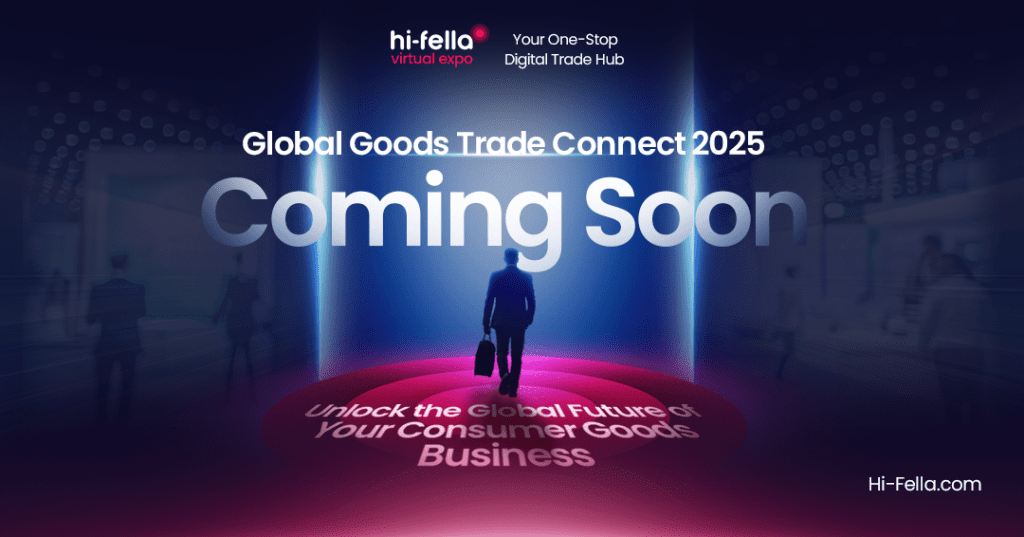
Alright, folks, if you’re looking to take your online exhibition game to the next level, let me introduce you to Hi-Fella! This platform is like the Swiss Army knife of online exhibitions—versatile, user-friendly, and packed with features that’ll make your event not just successful, but downright unforgettable.
First off, Hi-Fella is designed with engagement in mind. You want your attendees to not just show up but to interact, connect, and have a blast while doing it. With features like live Q&A sessions, interactive polls, and chat rooms, Hi-Fella ensures that your audience is actively participating rather than just passively watching. Imagine your attendees buzzing with excitement, asking questions, and sharing their thoughts in real-time. That’s the kind of energy you want for your exhibition!
But wait, there’s more! Hi-Fella also offers robust analytics tools that allow you to track attendance, engagement rates, and conversion metrics seamlessly. You’ll have all the data you need at your fingertips to measure success and make informed decisions for future events. Want to know how many people clicked on your product links? Or how long they spent in each session? Hi-Fella’s got you covered!
And let’s talk about customization. With Hi-Fella, you can create a unique and branded experience that reflects your vision. From customizable booths to personalized attendee journeys, you can tailor every aspect of your exhibition to fit your brand’s identity. This level of personalization not only enhances the attendee experience but also helps you stand out in a crowded digital space.
Finally, the support team at Hi-Fella is top-notch. You won’t be left hanging if you run into any hiccups. Their dedicated support staff is there to help you every step of the way, ensuring that your exhibition runs smoothly from start to finish. So, whether you’re a seasoned pro or a first-timer, you’ll have the guidance you need to make your event a smashing success.
So, what are you waiting for? If you want to create an online exhibition that’s engaging, data-driven, and tailored to your audience, Hi-Fella is the platform for you. Let’s make your next exhibition not just an event, but an experience that attendees will rave about long after it’s over!
